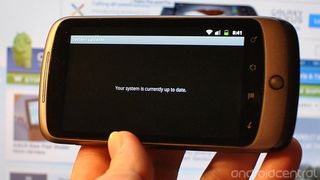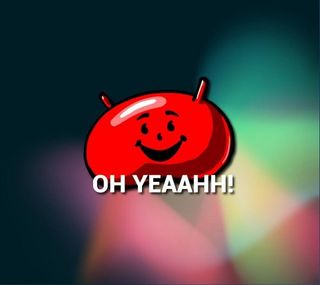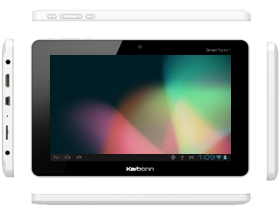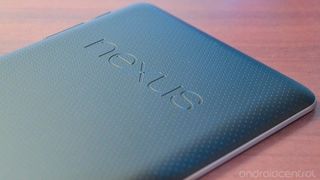Jelly Bean

Android version 4.1 through 4.3, codenamed Jelly Bean, is a legacy version of Google's mobile OS. Jelly Bean put a renewed focus on UI speed and responsiveness, while further enhancing the UI introduced in Android 4.0. Version 4.1 brought a completely redesigned notification API, allowing notifications to be expanded to include widget-like functionality. A re-vamped Google search interface included the ability to pose questions directly and have them answered in voice. And a new Camera app allowed shots to be easily reviewed and deleted. In addition, the new Google Now predictive search service puts data like location and search history to work to provide relevant real-time information.
Jelly Bean (as Android 4.1) made its debut on the (original) Nexus 7 tablet at Google I/O in June 2012. This was followed by a maintenance upgrade to Android 4.2 Jelly Bean later in the year, coinciding with the Nexus 4 and Nexus 10 launch. Android 4.2 featured new lock screen widgets, more improvements to the stock Android camera app, gesture-based typing and new quick settings shortcuts accessible via the notification bar.
Android 4.3 Jelly Bean landed in July 2013 with new under-the-hood improvements such as support for Bluetooth Low Energy and OpenGL ES 3.0. Jelly Bean was superseded later that year by Android 4.4 KitKat.
Latest about Jelly Bean

Google Play Services to end support for nine-year-old Android Jelly Bean
By Babu Mohan published
Google Play services will soon discontinue updates for devices running Android Jelly Bean.

CyanogenMod shelves ICS/Jelly Bean support for Snapdragon S1 devices
By Alex Dobie last updated

Android 4.2 is here, and it has a whole bunch of new features
By Andrew Martonik last updated

Toshiba announces Excite 10 SE tablet - new 10-incher with Jelly Bean
By Alex Dobie last updated
Get the latest news from Android Central, your trusted companion in the world of Android
















